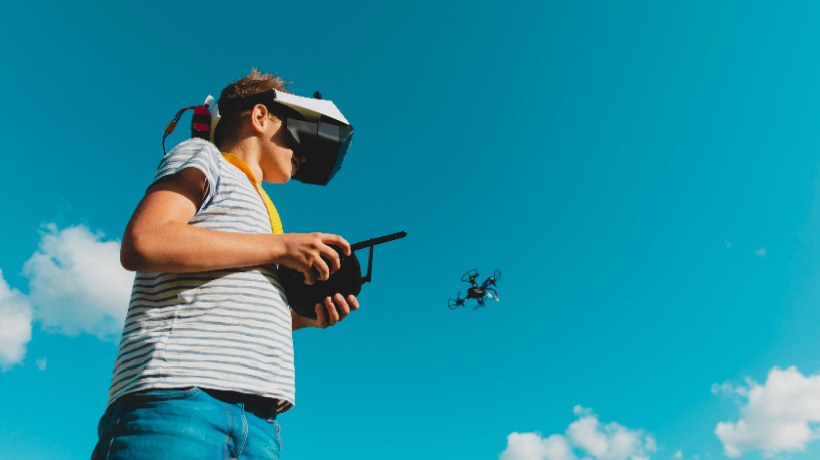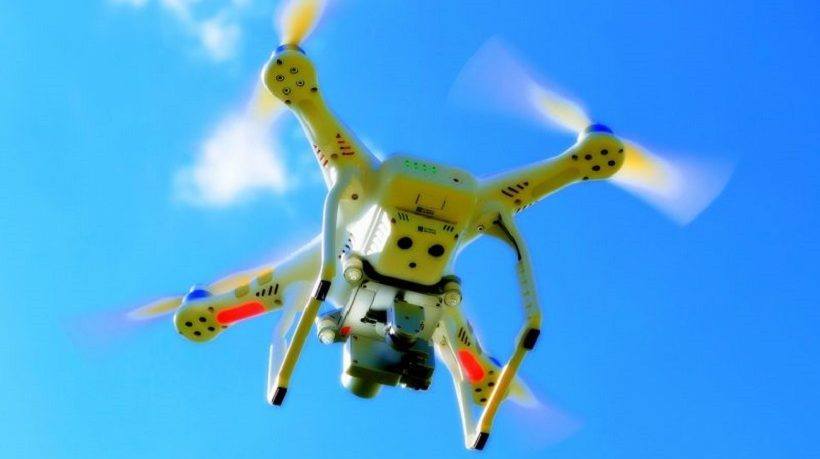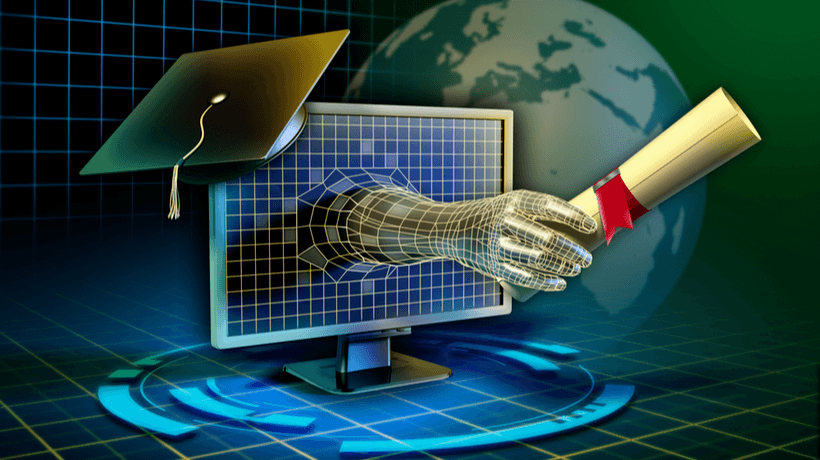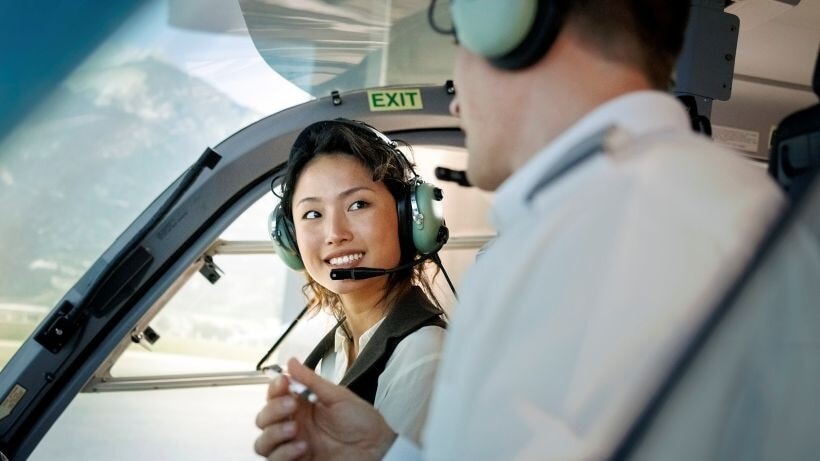Can Drones Elevate Digital Education?
Emerging digital tools and technologies constantly improve daily life in different aspects. These changes also led education to evolve to the digital world, which promotes a more inclusive and flexible learning experience. But digital education also poses new challenges. Luckily, drones have become a growing tool that bridges gaps and solves problems in online learning and remote education. As the education industry shifts from traditional classrooms to cloud-based platforms, setting up effective solutions is essential. If you want to know more about how drones can help in digital education, this article is for you.
The Rise Of Drones In Education
Drones were initially made for military and recreational purposes. However, they found their way into education and training over the years. Nowadays, drones are used to teach various subjects and skills in several fields. But why exactly is it gaining traction in education? Well, drones are cost-effective, accessible, and practical, and they also enrich immersive learning. Because of these benefits, primary schools and colleges from around the world are now adopting drones in remote learning.
How Drones Enhance Digital Learning
Equipped with advanced technology and a wide array of customization options, drones are perfect for digital learning. With that, here are several ways in which drones are transforming digital education.
- Immersive learning
Drones provide aerial visuals and interactive experiences, bringing life to lessons. This boosts student engagement and willingness to learn, resulting in a better quality of education. - Remote access
Drones simplify digital learning by bringing real-world data to online platforms. It lets you easily gather eLearning content and share it with your students anytime, anywhere. - Simulations and virtual training
Practical experience can be the best teacher. Drone flight simulations via eLearning modules emulate real life for a more impactful education. - Content creation
You can also use drones for eLearning content. Drones enable video lessons and VR/AR integrations, opening up many possibilities that are otherwise difficult with traditional education.
Drone Applications In Different Learning Environments
Drones are highly versatile and can be personalized to meet specific educational needs. Discover how it can be applied in various learning environments:
STEM Education
Drones are used in STEM learning to teach physics, engineering, and programming, allowing for hands-on experience. It also helps collect, analyze, and sample real-world data for STEM research.
Geography And Environmental Studies
Research on geography and the environment is usually time-consuming and tiring. However, drones can streamline mapping, surveying, and ecosystem monitoring, which can now be accomplished in one drone flight.
Vocational And Professional Training
Drones can also be used to learn agriculture, oil and gas, and even construction. They can give students the much-needed practical skills and experience for vocational careers.
Corporate Training And Compliance
Drone inspection courses delivered via eLearning are popular among companies. That's because they offer efficient training to prepare employees for their corporate jobs while ensuring compliance through drone monitoring.
Benefits Of Integrating Drones In eLearning
There are many benefits to using drones in eLearning. Find out more about what you can expect from drones in online learning.
1. Improved Learner Engagement And Retention
Drones stimulate interactivity, which sparks interest and participation among students. This engagement leads to stronger knowledge retention.
2. Hands-On Skill Development Through Virtual And Real-Life Practice
Theories are great, but knowing their application in real scenarios is also vital. Drones let students enhance their skills through virtual and real-life practice, setting them up for future success.
3. Scalability
It's pretty easy to scale with drones in remote learning, as it enables training thousands via cloud-based drone modules. You'll only need a standardized system that only needs updating once in a while, and you're set for the future.
4. Accessibility
Drones make digital education faster and more effective by bringing real-world experience to remote learners. This means that students can get quality teaching no matter where they are.
Challenges And Limitations
Although drones have many applications and benefits in digital education, there are also some challenges and limitations.
- Cost of drone equipment and software
Drones can be expensive to buy and implement in education. Proper training will also add to the expense. So, think about whether you have to make a pricey investment or not. - Regulatory barriers in different regions
Legal concerns are a common challenge for drone operations. Make sure your drones are compliant with laws and regulations. - Technical challenges in integrating drones with LMS platforms
Some Learning Management Systems (LMSs) may not be compatible with drones. Be sure to find an LMS that works with drones for online learning. - Safety and privacy concerns
Drones and digital education can fall victim to hacking and cyberattacks. Establish a secure IT infrastructure to prevent safety and privacy issues.
Future Trends: Drones And eLearning
The future is bright for drones and eLearning, as digital education is expected to grow in the coming years. Here are some trends you might see:
1. Drone-Powered AR/VR Classrooms
Augmented Reality (AR) and Virtual Reality (VR) are developing further alongside drone technology. Classrooms might become a whole new world, as drones and AR/VR work together to create models of real environments.
2. AI And Drones For Real-Time Learning Analytics
The combination of both drones and AI can propel learning analytics to be completed faster and more accurately. This real-time processing can instantly deliver data-based reports, optimizing digital education.
3. Integration With Metaverse-Based Education
Metaverse is slated to continue growing. It wouldn't be a surprise if digital learning adopted metaverse-based education, surpassing the limits of time, location, and physical resources.
4. Rise Of Drone Certification Programs Fully Delivered Online
Online transactions are already a trend now. Drone certification programs may also choose to go fully online, combining theory and flight simulations to make drone education globally accessible.
Case Studies And Real-World Examples
Drones have been proven to significantly impact learning since they were first used in the education industry. Take, for example, a case study conducted at Utah State University about using drones in landscape architecture. It improved the precision and detail of student designs as well as boosted workflow efficiency.
Another study from Chiang Mai University in Thailand also showed the positive effects of drones in various fields of education. This included device comfort, better understanding of learning materials, and mastery in using software. As drone technology becomes more advanced, it's also expected to provide more benefits and applications in digital education.
Getting Started With Drones In Digital Education: Steps For Institutions
Integrating drones into digital education can be difficult. To help with that, check out this step-by-step guide to make sure your institution adopts drones correctly in digital education.
Step 1: Evaluate Learning Goals
Start by evaluating your learning goals, ensuring they follow the SMART criteria. Ask yourself the why, what, and how questions. Why do you need drones for online learning? What do you want learners to achieve? How are you going to implement it? Defining learning goals will guide your decisions so that you can attain desired outcomes.
Step 2: Select Drone Software/Hardware That Is Compatible With eLearning
It's important that you find the right drone service that integrates with eLearning systems. Think about drone elements like cloud-based storage, real-time video sharing, compliance and licensing, and integration with LMSs.
Step 3: Train Educators And IT Teams
Give educators appropriate training based on drone operations so they can safely and efficiently operate drones for remote learning. You should also have qualified IT teams engaged for support and maintenance whenever required. Drone-based learning without training and IT teams would fail.
Step 4: Pilot Projects And Scale Up Via A Cloud LMS
Before full implementation, begin with pilot testing on a smaller scale. Monitor and analyze the impact of drones on digital education so you can make necessary adjustments.
Once you get desirable outcomes, standardize your new digital education system and scale up using a cloud-based LMS. This gives easy access to teachers and learners, no matter where or when.
Conclusion
Drones enhance digital education by bridging classroom and cloud learning. It provides several benefits, ensuring streamlined online learning for many fields.
Constant drone advancements can potentially make digital education even more immersive, accessible, and skill-focused in the future. So, what are you waiting for? Now is the time to adopt drones as a core element of digital education strategies.









